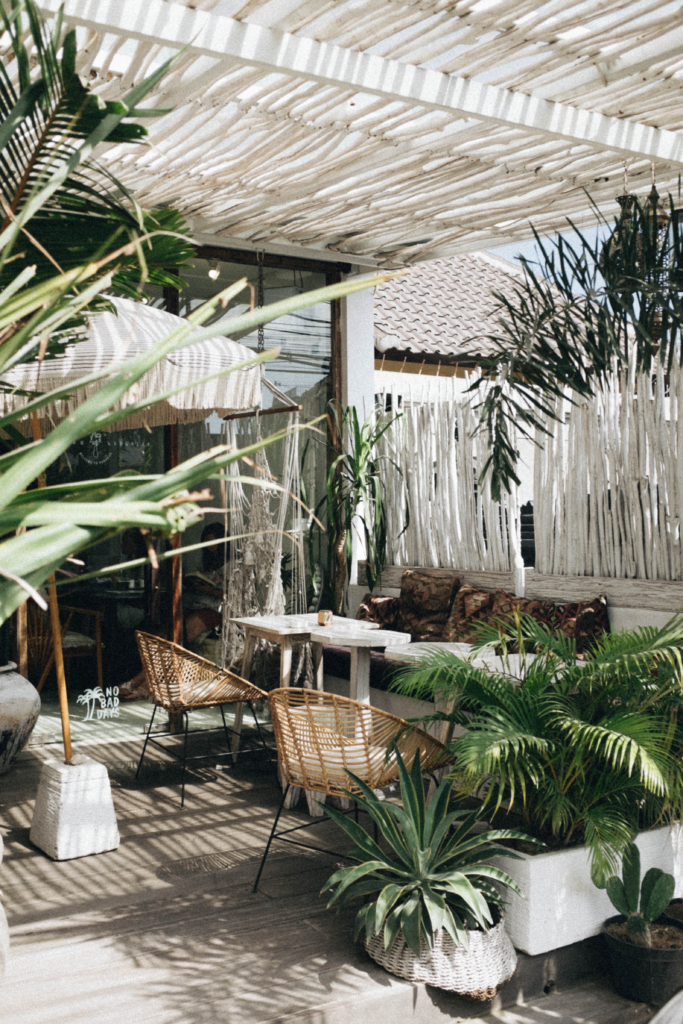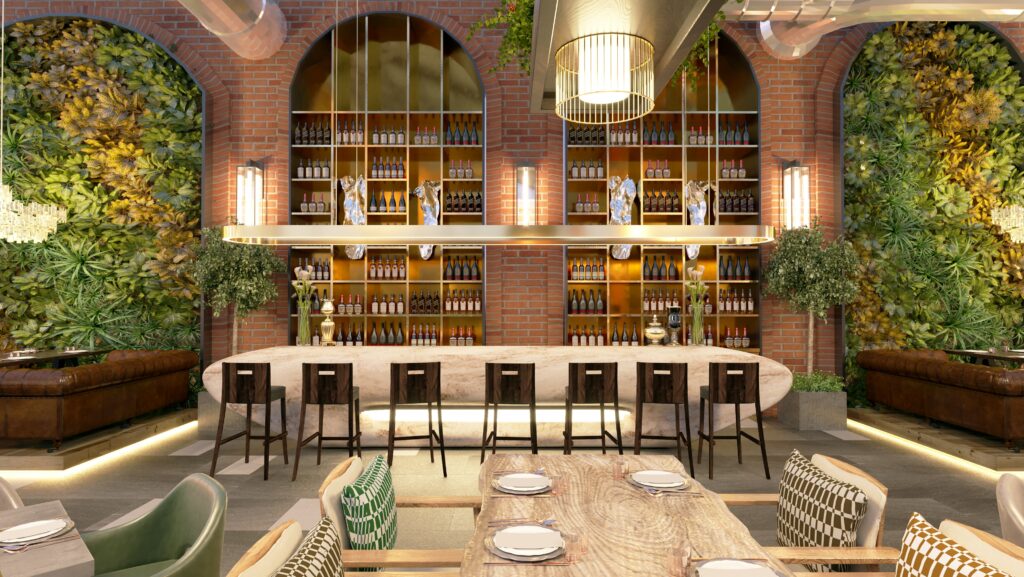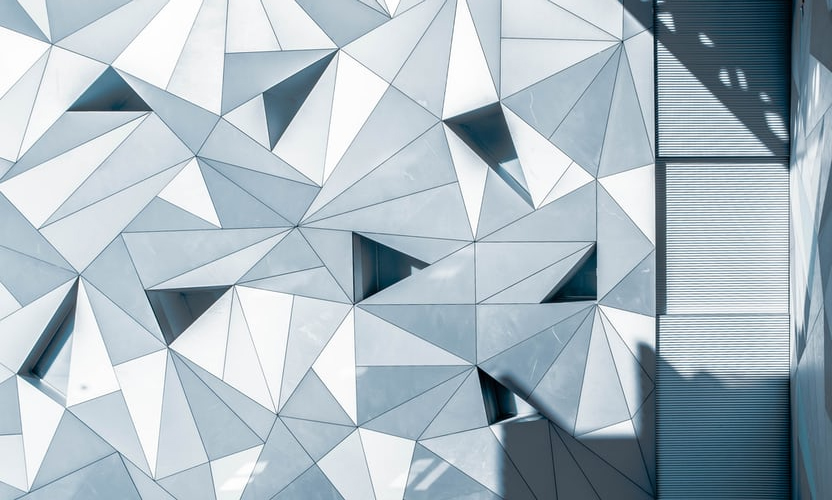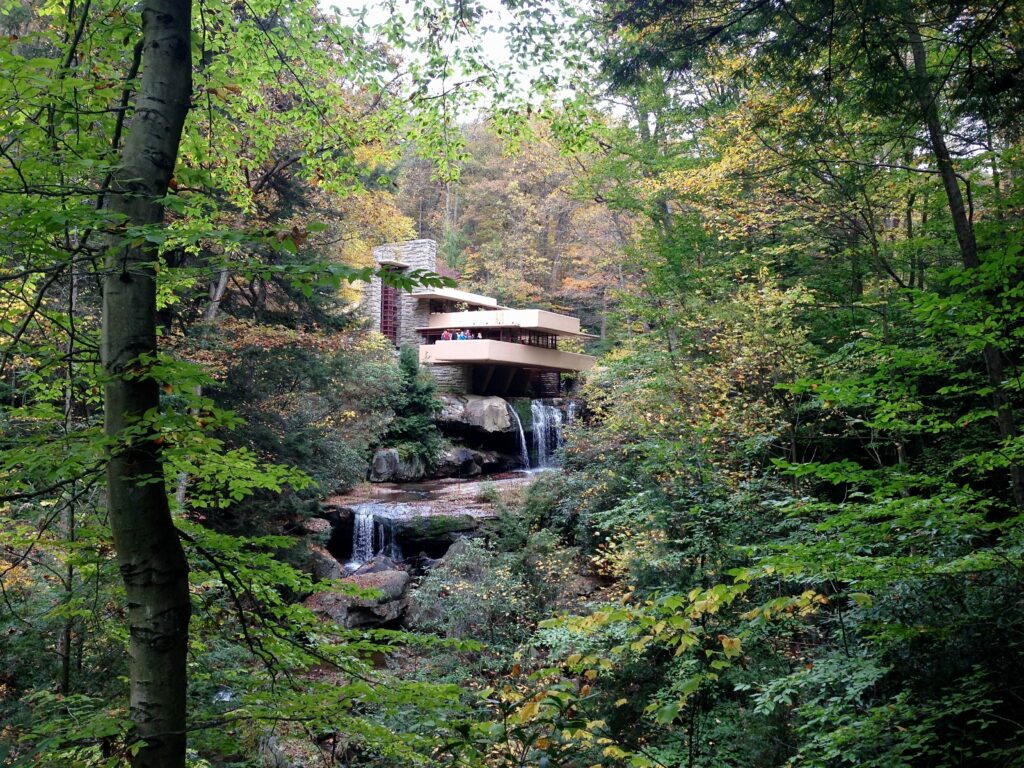Considering the Nature of Biophilic Design
June, 1 2021 | 4 min read
By Lucia Kennerly, Director of Product Development at Mayer Fabrics

Last year, I spent a great deal of time exploring sustainability and textiles as the basis of a new Mayer Fabrics CEU. I aligned my thinking with goals – big ones – such as the UN Sustainable Development Goals and the Paris Agreement to see how they could be translated into goals for more sustainable textiles. Determined to wrap my head around what should and could be done to “reduce, reuse and recycle” in order to preserve life on the planet, I followed the paths of sustainability changemakers from the iconic Ray Anderson who inspired us with his “mid-course correction” to Ellen MacArthur and her Circular Textiles Economy manifesto. I learned from experts and innovators around the world that to thrive and survive, we must work together not only to reduce, reuse and recycle, but restore and regenerate.
It’s no surprise that as I delved deeper, what I found looming large from prehistory to present time, is the importance of our intrinsic relationship with nature, postulated by biologist E.O Wilson as biophilic hypothesis (Biophilia, 1984). I also learned that the practice of biophilic design emerged during the 1990’s as the result of a collaboration between Wilson and the late architect and scholar Stephen Kellert from Yale. It was then that Kellert translated biophilic hypothesis into an architectural practice and defined it as “the deliberate attempt to translate the inherent human affinity to affiliate with natural systems and processes into the design of the built environment.” (Wilson 1984; Wilson and Kellert 1993).
“In other words, biophilic design focuses on aspects of the natural world that have contributed to human health and productivity during man’s evolution.”
As a discipline, biophilic design integrates nature, natural patterns, and spatial conditions into the built environment to enhance human health and well-being. It emerged from the belief that we have become disconnected from nature.
Kellert established two basic dimensions of biophilic design: 1 – Shapes and forms in the built environment that directly or indirectly symbolize our inherent affinity for nature; and 2 – Place based dimensions related to buildings or landscapes that connect to the culture or ecology of a locality or geographic area.
Within this framework, there are 70 design possibilities. Kellert and colleague Elizabeth Calabrese boiled them down for us by offering three overarching parameters for experiencing these aspects of nature in the built environment:
Direct Experience of Nature

Key Features: Light • Air • Water • Plants • Animals • Weather • Natural Landscapes • Ecosystems • Fire
Indirect Experience of Nature

Key Features: Images of Nature • Natural Materials • Natural Colors Simulating Light and Air • Naturalistic Shapes and Forms • Evoking Nature • Information Richness • Natural Geometries
Experience of Place and Space

Key Features: Prospect and Refuge • Organized Complexity • Transitional Spaces • Integration of Parts to Wholes • Mobility and Wayfinding • Cultural and Ecological Attachment to Place
Regarding textiles and biophilic design, we see how the use of natural materials and colors, the healing power of fractals and biomorphic shapes, patterns based on ornamentation from architecture, materials that evoke culture and place, and textiles inspired by Biomimicry offer opportunities for interpretation.
What about responsibly sourced and manufactured materials with fewer toxic inputs that are safe for human health and the planet? Would they qualify as potential contributors to biophilic design?
In an article titled “What is and isn’t Biophilic Design,” Stephen Kellert said, “if design doesn’t focus on aspects of the natural world that contribute to human health and productivity in the age-old struggle to be fit and survive, it is not biophilic.”
“Perhaps he was broadening versus limiting the scope of biophilic design.”
According to William Browning, co-creator of Terrapin Bright Green and the “14 Patterns of Biophilic Design,” the field is rapidly evolving and expanding. We see this happening as biophilic design is now found in the rating systems of Living Building Challenge (LBC), WELL, and LEED. Research continues to provide evidence that biophilic design improves health, productivity, happiness, creativity, and learning.
At its core, biophilic design is about contributing to an ecosystem or habitat of wellness along with a responsibility for the sustainability of the natural world. All organisms exist within an integrated, related environment. I believe this means that biophilic design is meant to be a two-way street – nature nurturing us as we simultaneously connect with and care for other forms of nature. After all, biophilia literally means love of life. Dutch designer Koert van Mensvoort of “Next Nature” urges us to consider our humanity as we go “forward” with nature. Biophilic Design is one of the ways we can do that. Perhaps our instinctive biophilic bond with nature will guide us.

Lucia Kennerly is the Director of Product Development at Mayer Fabrics and founder of Lucia Cassa, a boutique commercial fabric jobber. In 2002, Lucia Cassa became a division of Mayer Fabrics and one of Mayer’s distinctive brands.
Since 1985, Lucia has worked in a variety of capacities in commercial textiles including design, product development and sales. She enjoys the creative aspects of textile development especially the challenge of combining historical and modern design elements in a unique way. Lucia recently earned an MBA with a focus on sustainable business practices, furthering her professional goals of creating fabric options that are best for human health and the environment.
